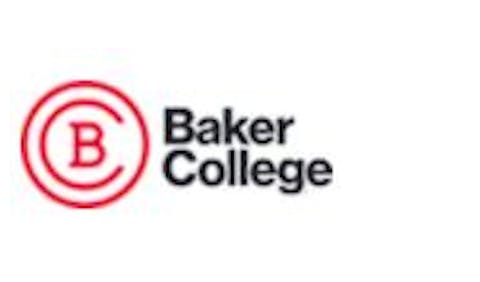Study: Teenagers Exposed to Alcohol Ads Drink More
STORRS, Conn.
A new University of Connecticut study has found that teenagers who live in media markets with high alcohol advertising are more likely to drink than those who see fewer alcohol ads.
The study, published in the Archives of Pediatric and Adolescent Medicine, examined youth between the ages of 15 and 26 in 24 Nielsen media markets. The study also looked at the alcohol ad exposures and drinking habits of 15- to 21-year-olds.
“We found that alcohol advertising contributes to significant increases in youth drinking,” says Dr. Leslie Snyder, lead author of the study and a professor of communication sciences at UConn. “The number of ads youth see matters. Living in a media market with many ads matters.”
The study found that young people who saw more alcohol ads increased their number of drinks consumed. A 20-year-old male living in a media market with the lowest advertising expenditures per capita was expected to have nine drinks if he saw few alcohol ads, but 16 if he saw many ads. By comparison, a 20-year-old male in a media market with the highest ad spending per capita would have 15 drinks if he reported little ad exposure and 26 drinks if he saw many ads.
Snyder and her colleagues from UConn and The Ohio State University conducted the study to address a longstanding debate about whether young people drink more because of alcohol advertising, or whether young people who drink more simply pay more attention to the advertisements.
“This study provides an important perspective on that hotly contested question because we used an objective measure of the presence of alcohol advertising — the amount of alcohol advertising dollars spent per capita in each media market — in addition to young people’s recollections of seeing ads,” says Snyder.
Snyder says the findings are significant because they suggest that public health officials and policymakers must address alcohol advertising if they want to reduce youth drinking.
© Copyright 2005 by DiverseEducation.com















